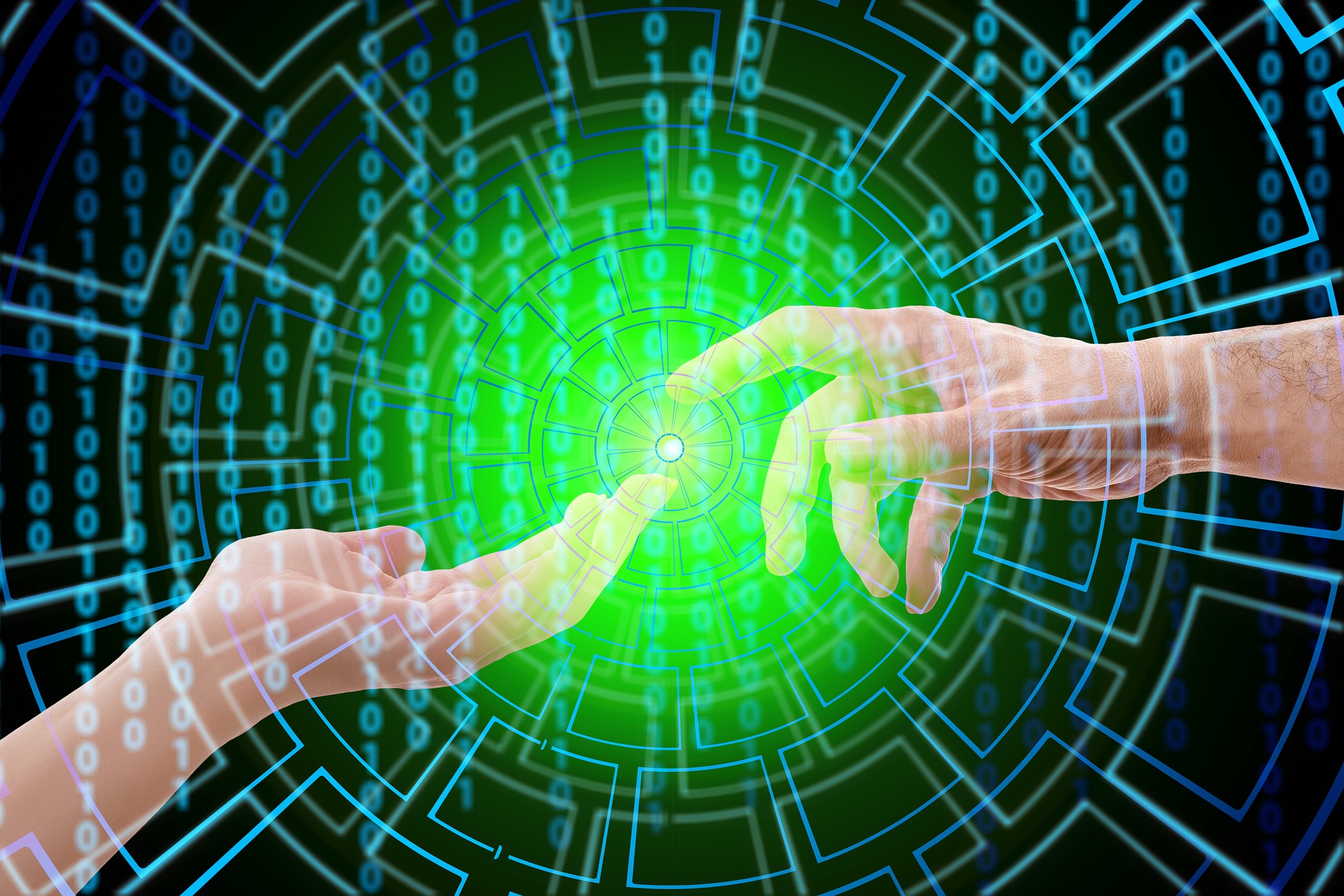How Artificial Intelligence Works?
AI needs to be able to hold a conversation of the same intelligence level as a human. Otherwise, there will always be doubts about the artificial intelligence’s ability to think for itself and complete the task you are assigning it. The goal of AI is to make it seem as if the human is interacting with another person. They should be highly intelligent and capable of carrying out various tasks.
The AI should be able to communicate effectively. It should also be able to automate reasoning skills for storing information, like answering questions and coming up with new conclusions. In order to understand AI, you need to look at how it is subdivided. For example, machine learning works with patterns and adapting to an unforeseen situation.
Machine Learning
This type of AI focuses on teaching machines to make decisions, and then inferring by analyzing previous data. It is responsible for identifying patterns in past experience and the meaning of data points without explicit human instruction. Businesses these days have time constraints. That’s why machine learning is so appealing, as it can save time and still provide high-quality data. Machine learning is a way for organizations to make useful and efficient decisions without the use of complex mathematical formulas.
Here are three key components of an AI system: the database, the dataset and features. Let’s take a look at these briefly.
- Datasets are special collections of information that may include images, texts, numbers or other forms. It often takes time to collect this information.
- Features: They help solve the given task and highlight the relevant aspects of a machine.
- Algorithms are how we solve tasks but you can combine them for performance.
Deep Learning
It is a type of machine learning that uses artificial neural networks to help machines learn about different things. It can be useful for solving complex problems or issues, even if the dataset is unstructured in nature. Deep learning uses a continuous feedback process during its learning process. The system gets a reward when it get things right and is punished when it makes mistakes. It tries to adjust itself to grow and maximize the reward it gets for producing good work.
Natural Language Processing
Do you use a voice assistant on your phone, home or car? AI is what enables this to happen. It reads, understands and even generates human language.
Neural Networks
ANNs are meant to imitate how our human brain processes and analyzes information. They are granted with self-learning abilities through this process. ANNs also resemble our biological neural networks.
Computer Vision
Machine vision algorithms identify objects in photos and videos by studying the individual parts. This helps them to process other images just like people can.
Types of AI
Artificial intelligence has 3 different types: weak, strong, and super. Be sure to check out the infographic below for more information on each category.
Artificial Narrow Intelligence (Weak AI)
Narrow AI refers to the most simple form of artificial intelligence. The term does not in any way mean that it is weaker than others. It’s capable of performing all tasks it’s programmed to do, such as Siri, Google Assistance or Alexa. Self-driving cars, Amazon’s product recommendations, and Facebook newsfeed are also examples of applications powered by narrow AI.
Narrow AI works well on repetitive tasks. Examples of this are identifying objects, speech and facial recognition. Weak AI can identify patterns, though ANI is the only form of Artificial Intelligence that humans have access to at the moment.
Artificial General Intelligence
Artificial intelligence would give machines the ability to do anything a human being can. It is also known as Artificial General Intelligence or AGI.
Powerful AI is so far advanced than ANI as it is not limited by any set of limitations and can improve/perform various tasks. When we achieve AGI, we will finally have computer systems with a similar set of functions and abilities to that of humans.
It’s interesting to note the fear of enslaving human robots starts with AGI. Notably, we are many years away from creating strong AI. This type of AI can think, understand, and behave like humans, which could mean it would be able to use all cognitive abilities humans have.
Scientists have been working on understanding the ethics of AI and are trying to make conscious AI machines with cognitive abilities. AI could have the ability to learn and apply knowledge and can also recognize emotions, beliefs and patterns.
Artificial Super Intelligence
ASI is just the next step in AI. We need to achieve strong AI before we can move on to ASI. In this case, ASI refers to when machines are smarter than humans and are able to run complex tasks.
Unlocking this kind of AI will allow machines to have predictive capabilities. They would think in a manner incomprehensible to humans, which can work out well in various situations. Machines would be better at decision-making and problem solving. A lot of people are still skeptical about the use of AI in the workplace because they don’t think it can realize all functions that a human can. However, history has shown us that sometimes we just have to be patient and wait for things to materialize.
Conclusion
The use of narrow AI lets us access chatbots, voice assistants and navigation. Narrow AI also has many in-medicine applications, so if you’re worried about the enslavement of humanity by AI you can stop worrying.
